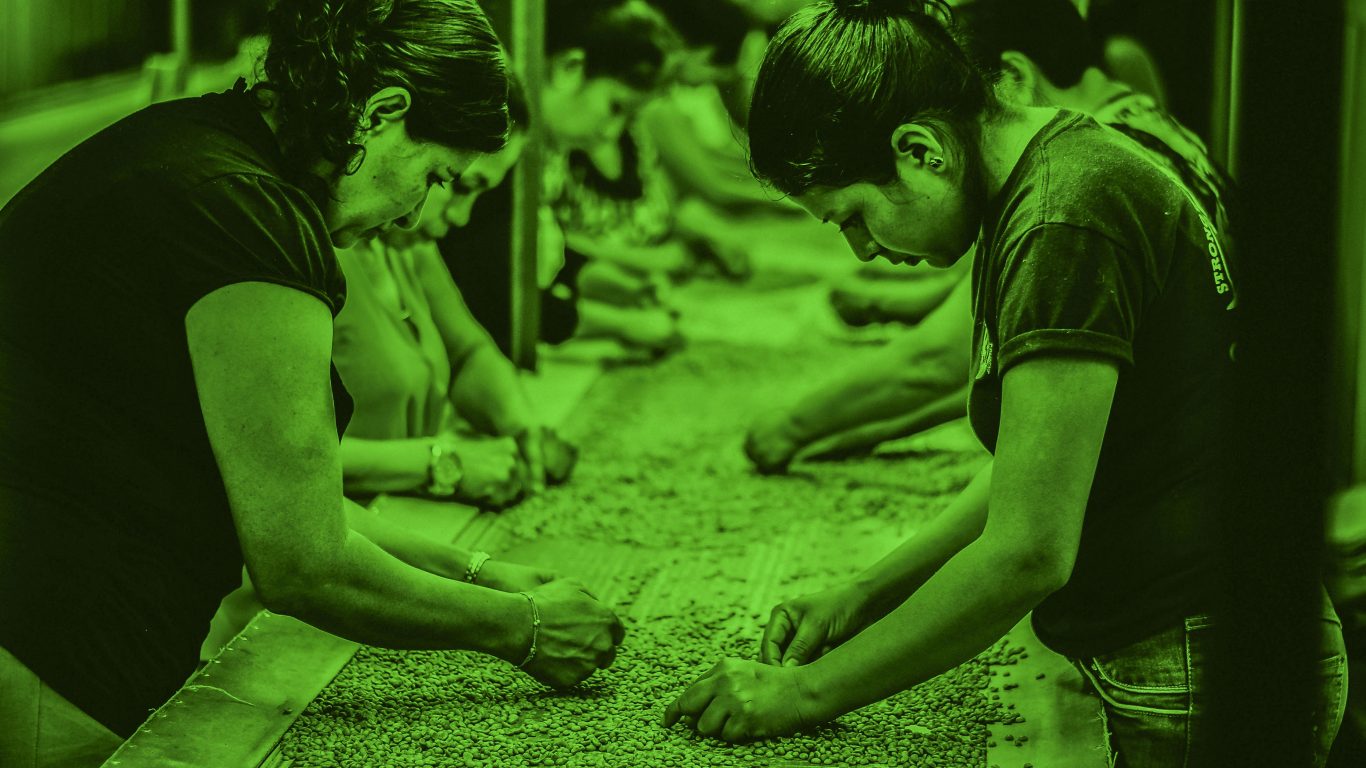Entrepreneurship is often touted as a primary route to economic empowerment in developed and developing countries alike, particularly for women. However, there are challenges with this model because of specific barriers such as unequal capital distribution (e.g., venture capital funding), pressures created by work-life conflicts, and gendered views of what an “entrepreneur” looks like. As of February 2018, only 15.7% of Canadian entrepreneurs identified as women, though (according to the Global Entrepreneurship Monitor) this is higher than the North American average of 12% and the European and Central Asian average of 6%.
Below, we’ve curated a collection of our best research and insights on this subject.
Closing the gender funding gap for women entrepreneurs
Men entrepreneurs tend to raise more money for their startups than women entrepreneurs. In fact, research has shown that only 2% of venture capital financing in the United States is allotted to women founders, even though women-founded companies make up 40% of private companies in the United States. This research investigates how this gender gap in funding occurs, and how to close it. Through a field study at an annual startup launch competition from 2010 to 2016, and a subsequent controlled experiment with investors, the authors discovered that:
- Investors tend to ask men entrepreneurs “promotion” questions (related to the potential for growth) and ask women entrepreneurs “prevention” questions (related to the potential for loss or failure).
- The entrepreneurs who predominantly received promotion questions received significantly more funding than those who predominantly received prevention questions.
- To close the gap, investors can be more balanced in how they question men and women entrepreneurs. Additionally, women entrepreneurs can answer prevention questions in a promotion-focused way, i.e. pivot from a question about loss potential to an answer about growth potential instead.
Beyond the Business Case: The startup ‘gender problem’
In this podcast episode, MBA Student Fellow (2017-18) Vanessa Ko, talks to ZJ Hadley from Tulip Retail about the state of gender diversity in the startup world.







